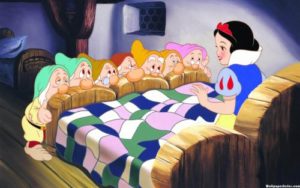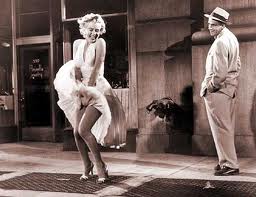There are many theories for this, among which, that seven (like three, another sacred number) is a prime number, indivisible; that our daily lives are organized around a seven-day week; and that seven is the limit to the amount of information we can process and remember at one time. This last theory was developed by George Miller, the Princeton cognitive psychologist, in 1956 in his much referenced article, The Magical Number Seven Plus or Minus Two: Some Limits on Our Capacity for Processing Information.

Joshua Foer espouses Miller’s theory in his book, Moonwalking with Einstein. He writes, “Like a computer, our ability to operate in the world is limited by the amount of information we can juggle at one time. Unless we repeat things over and over, they tend to slip from our grasp. Everyone knows our working memory stinks. Miller’s paper explained that it stinks within very specific parameters.”

A friend, Darien Bates, draws a very interesting distinction between the two special numbers, 3 and 7.
“What’s interesting about 7 is that it differs from three in how it identifies each of the individual components in the sequence.
7 is used to indicate individuality within a larger group, so the seven dwarves, as you indicate above, all have unique qualities that make each one special. The same is the case for the magnificent 7. 
3, by contrast, is used to indicate a progression within similar things. The phrase “bad things happen in threes” or “third time’s the charm,” etc. all indicate the same action or event, happening in a progression.
Likewise, Goldilocks’ 3 bears are largely the same, just a progression in the sequence, from small to large, hot to cold, soft to hard. Not sure what this means, but I think it plays out pretty consistently.”

Leave a Reply